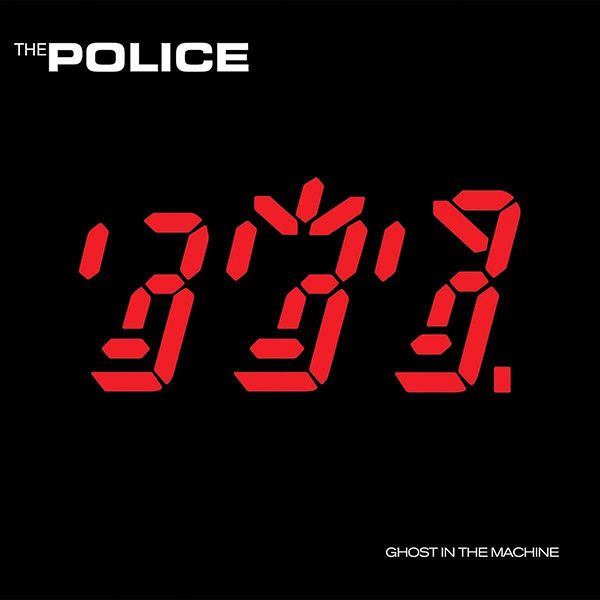| Columns Retired Columns & Blogs |
Like many other reviews of streaming devices, this one stops where things get interesting from a customer's perspective:
How does the NAIM streaming platform differ from competitors like Bluesound, Innuos or Linn? Which platform works as a satisfactory stand-alone solution? Which platform to choose as a Roon endpoint? Who offers the best ergonomics and remote apps? Are there differences in sound quality?
One of the very few really informative reviews in this domain comes from JVS (Innuos Statement Server, April 2020 and November 2023).










































